Burn test according to UL 94
UL-94 is a standard from Underwriters Laboratories that allows plastics to be classified according to their flame retardancy. This method is the most common test for classifying flame retardant plastics. What is tested according to UL-94 is the ability of a material to extinguish after being exposed to flame.
Classification is usually in classes V0, V1, V2 and HB and is based on burning rate or after-burning time, burning drip and afterglow time. The standard also describes the test for classification according to 5VA and 5VB.
In the HB test, a burner flame is applied to the horizontally arranged specimen for 30 s. The test specimen is then removed from the burner. If the specimen continues to burn after the burner is removed, the time it takes for the specimen to burn from the 25 mm mark to the 100 mm mark is measured. The burning rate is calculated from the burning distance (in mm; max. 75 mm) / burning time (s).
In the UL-94 V test, the vertically arranged specimen is flamed for 2 x 10 s. The burning rate is calculated from the burning distance (in mm; max. 75 mm) / burning time (s). The afterburning time, the afterglow time, the total afterburning time, the burning distance and burning parts that fall off are evaluated.
A significant influence on the result of both tests is the wall thickness of the test specimens, which should be as close as possible to the application within certain limits. The color of the material can also have a significant influence on the test result.
Depending on the application, different firing classes might be required. We offer both consulting services and the performance of the appropriate test on this subject.

